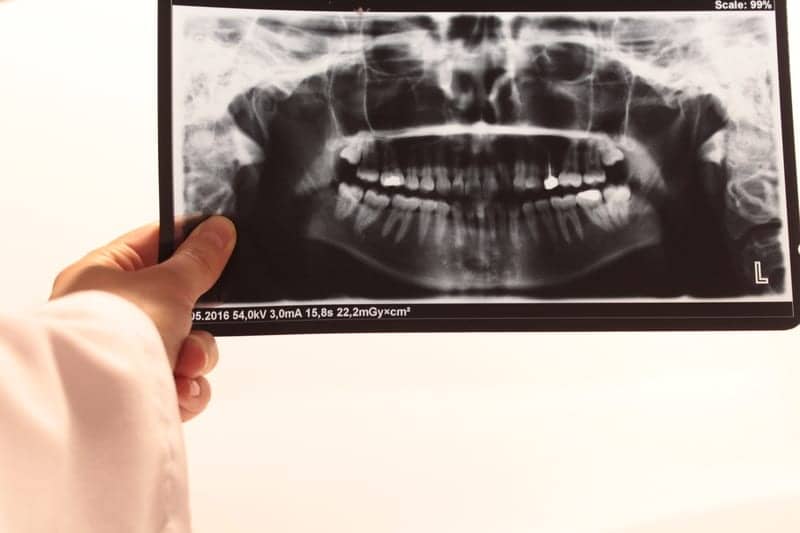A new study finds obstructive sleep apnea (OSA) is often missed during an initial surgical consultation in those with certain jaw deformities, particularly if the patient is not overweight.
Patients who have the type of jaw deformities that leads to OSA can usually be cured through corrective jaw surgery, according to the study published in the April issue of the Journal of Oral and Maxillofacial Surgery, the official journal of the American Association of Oral and Maxillofacial Surgeons (AAOMS).
Obesity is often stated as the cause of OSA, but many patients have a body structure that can result in an upper airway collapse that is characteristic of the condition, the researchers note.
“An interesting finding was that most of our study patients in whom sleep-disordered breathing was initially undiagnosed—and who were then confirmed to have OSA—had either a normal or underweight BMI [body mass index],” researchers wrote. “We use the term ‘silent sleep apnea’ to describe this subgroup of patients. We surmise that treating physicians and dentists have a lower level of suspicion for OSA when evaluating an individual who is either underweight or of normal weight.”
The study involved 262 patients who had a jaw deformity that often involved a small chin, as well as chronic obstructive nasal breathing. The patients, who underwent surgery, were divided into two groups: those with OSA and those without it.
Of the patients, 23% had OSA confirmed by polysomnography. The study notes that rate is higher than the estimated rate of OSA in the general population, which is 4% to 5%. Seven percent of study patients had OSA at an initial surgical consultation for jaw surgery, and another 16% of patients were found to have OSA through the sleep study and an evaluation by a pulmonologist.
Researchers confirmed jaw deformity patients most likely to have OSA were 30 or older with a higher level of BMI and a jaw growth pattern behind the proper position, such as short face or an overbite (primary mandibular deficiency).
After undergoing corrective surgery on the jaws, chin, and nasal structures, patients with OSA and chronic obstructive nasal breathing had low levels of daytime sleepiness over the long term, researchers wrote. Among patients with OSA, 91% said their daytime sleepiness was “not sleepy” at least one year after surgery.
“The excessive daytime sleepiness associated with OSA has been proved to impair quality of life,” researchers wrote. “This includes links to excessive moodiness, tendency toward depression, stress-related fatigue, personality changes, headaches, and decreased daytime cognitive function (i.e., poor memory and difficulty concentrating).”
The authors of are from Posnick Center for Facial Plastic Surgery, Chevy Chase, Md: Jeffrey C. Posnick, DMD, MD; Anayo Adachie, DMD, MD; and Neeru Singh, DDS, MD, MA; and, from Howard University Hospital, Washington, D.C.: Elbert Choi, DDS.




